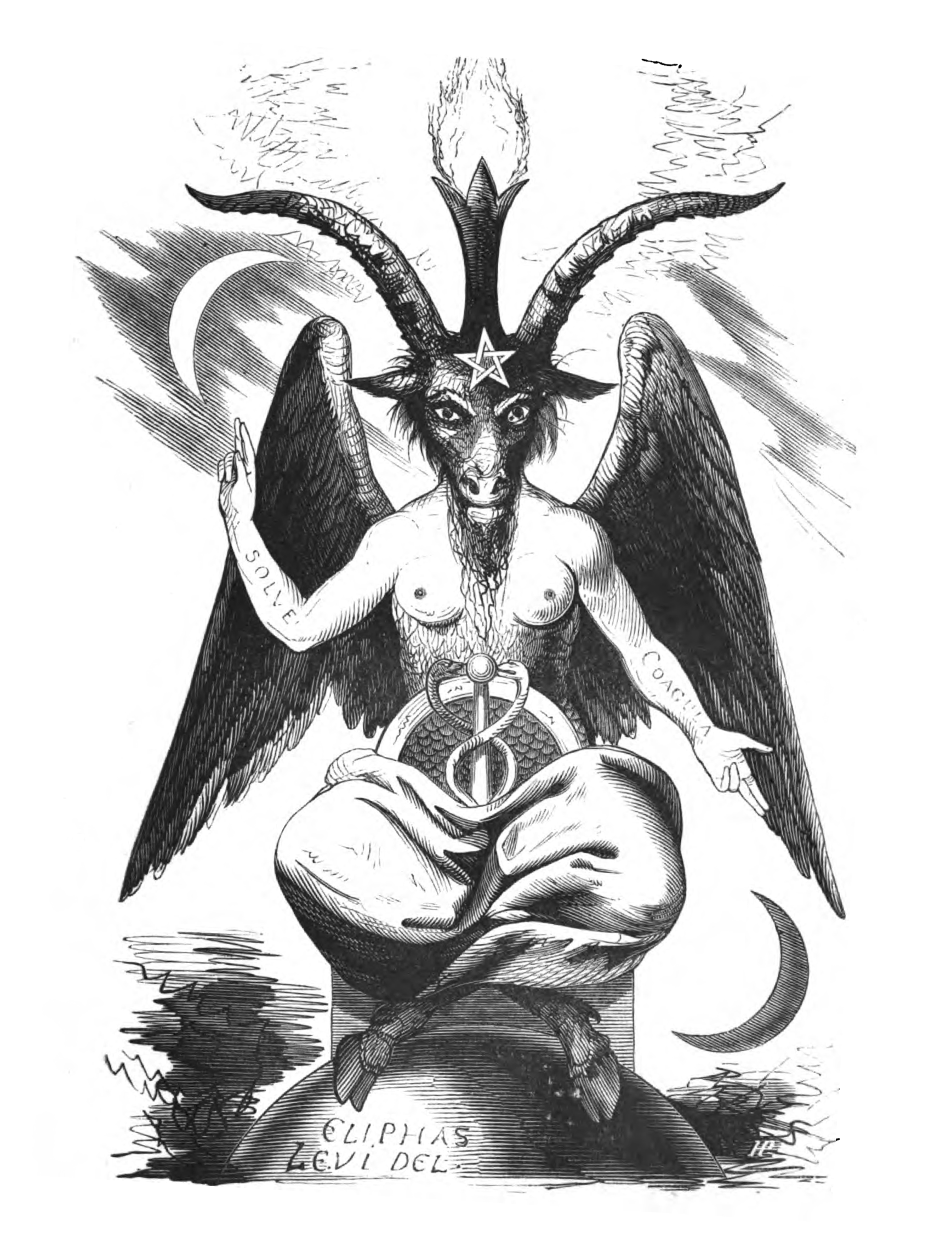Originally published in 1972, “Eliphas Lévi and the French Occult Revival”
is a study of 19th century French esotericism, written by Christopher McIntosh.
Eliphas Lévi (Alphonse-Louis Constant) was at the center of the occult revival,
largely due to his book “Dogme et rituel de la haute magie”, a central text of
Western esotericism. Groups which actually practice ritual magic consider it a
landmark achievement, while everyone else regards it as hopelessly turgid. Lévi
has also achieved fame due to his drawing of Baphomet or the Goat of Mendès,
which has achieved iconic status and is often reprinted in books about the
occult (and frequently misinterpreted as Satanist).
Apart from Lévi, McIntosh discusses many other colorful characters of the French occult scene. One of the most remarkable is the Catholic sectarian, Anti-Pope and extreme royalist Eugène Vintras, who looked like the typical “crazy old man with a big beard and strange outfit”. Vintras promoted the claims on the French throne by Charles Edouard Naundorff, who claimed to be “Louis XVII” (the famous Dauphin who really died during the French Revolution). Another memorable character is the Polish national Hoene Woronski, who built a weird machine which supposedly encoded all the secrets of the universe. Lévi eventually inherited the device, known as a prognometer, and placed it prominently at his home altar! Joséphin Péladan, the Catholic sex mystic and Symbolist, and crypto-Satanist Joseph-Antoine Boullan also play prominent parts in the story. Compared to his contemporaries, Eliphas Lévi look like a veritable wonder of serenity and gravitas, despite a surprising background as a revolutionary socialist and itinerant circus artist, and a number of extra-marital affairs.
McIntosh does his best to provide us with “local color”, describing magical rituals, the occult and religious paraphernalia of Lévi's flat, the sheer weirdness of Vintras, or the Taxil hoax at some length. What is lacking in the book is a more detailed analysis of Lévi's actual philosophy. We do learn that Lévi almost single-handedly re-imagined the entire magical tradition, that his concepts influenced the later British group Golden Dawn, and that the connection between the Kabbala and the Tarot was largely his invention, too. Another striking feature of Lévi's system is the combination of esotericism and Catholicism. Perhaps Valentin Tomberg is Lévi's true heir?
“Eliphas Lévi and the French Occult Revival” may not be for the general reader due to its peculiar and narrow subject-matter, but the book is relatively easy to read and if you're into the occult, probably a must have. Four stars.

No comments:
Post a Comment